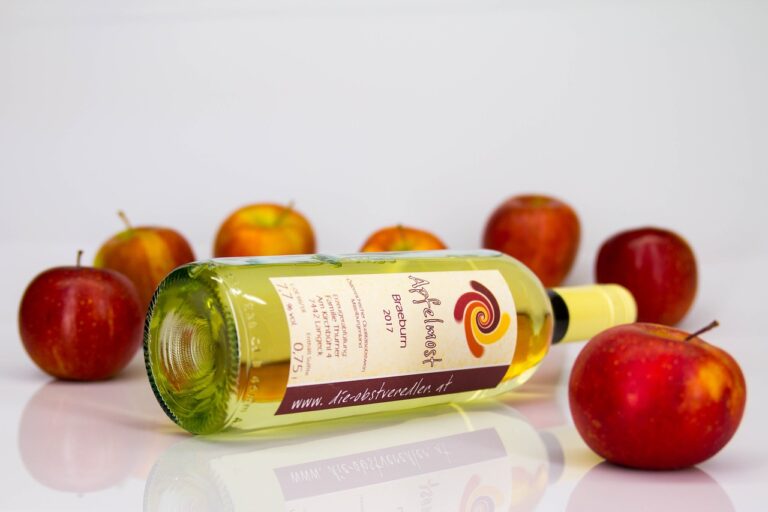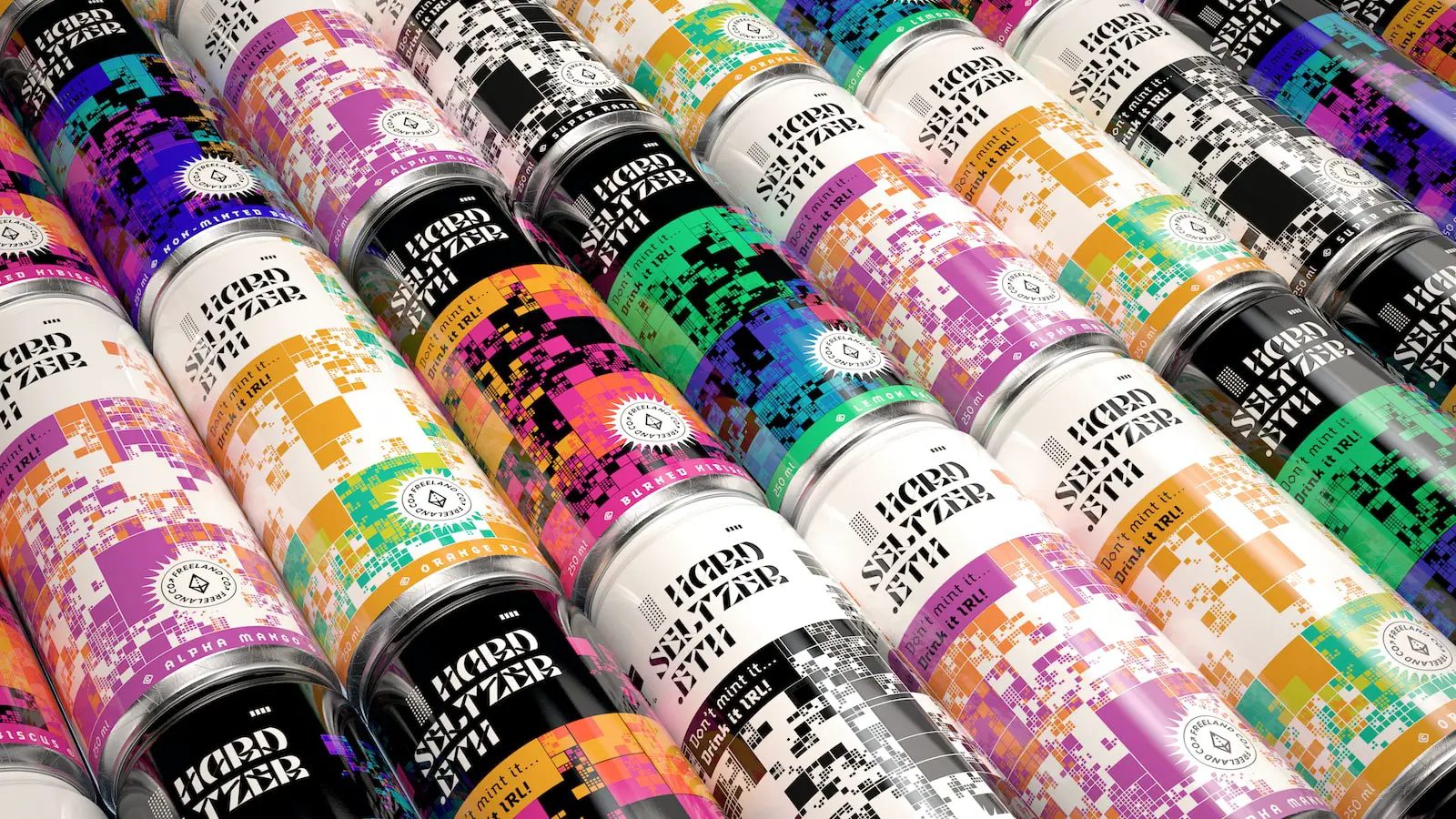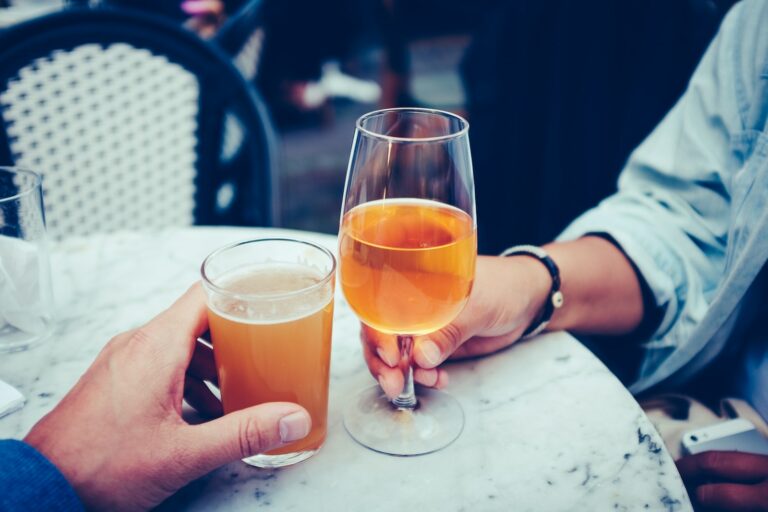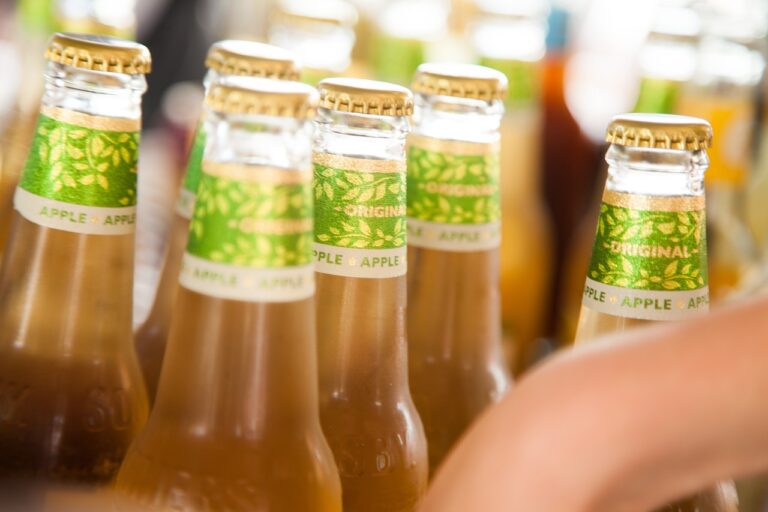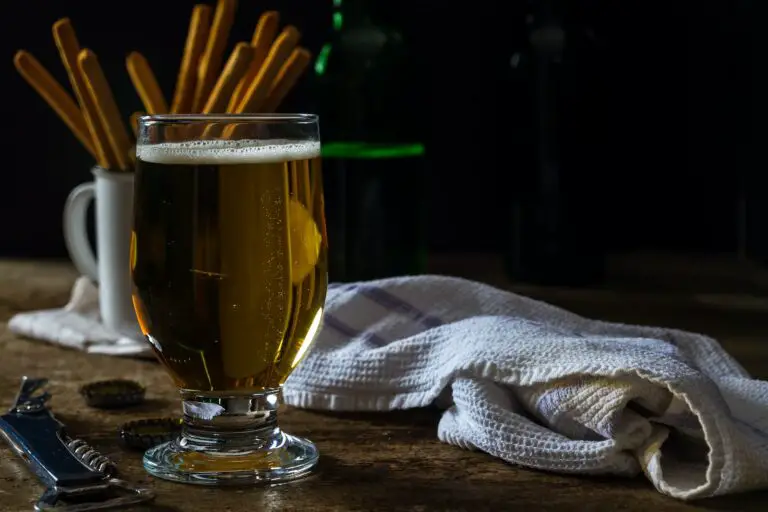The Pilsner is the only beer that usually arises to mind when we think of hoppy lager. The traditional Czech and German Pilsners both are mildly hoppier than other lagers.
The unique tastes and flavours that hops produce appear in resins and oils. These ingredients are present within the lupulin vesicles of the hop cones, which makes them valuable for brewing.
Hops can be broadly categorized into three groups, High alpha acid levels cause bitterness, greater aroma levels during finishing, and dual is the combining of both.
To counteract the sweetness thresholds, these mainly used high alpha hops for hop bitterness. For aroma, a small amount of finishing hops was added toward the end of the fermentation.
A growing number of breweries utilize more palate hops and attach them at more phases of the brewing process due to the popularity of hop flavours, such as those found in an IPA.
What Are Hops
Lager’s four primary components are malt, water, yeast, and hops. Many people enjoy drinking beers with a strong hop flavour but some may not know what a hop is.
The green cone-shaped blossoms of the Humulus lupulus plant are hops. They are a climbing plant, which is a clear jackpot for local breweries. Little yellow glands lupulin, give beer its bitterness, and flavour.
There are hop farms and suppliers in Germany, the Czech Republic, New Zealand, and North America. An interesting fact is, hops are members of the family Cannabinaceae. This family includes Cannabis hemp and marijuana.
Hops are robust plants that are grown all over the world. The Yakima Valley of Washington in the Pacific Northwest is home to some of the biggest hop producers in the United States.
Hops contribute to a beer’s ability to stay fresh for a longer period. It regulates the foam that is essential to a lager’s aroma and flavour, and bitterness.
Hops Used in the Production of Lager
The two very basic types of hops are bittering and aroma. Higher alpha acids in bittering hops will make them more cost-effective for bittering beer. Essential oils are present in aroma hops.
All of those volatile essential oils are lost when hops are added early in the brewing process, either during the boil or during fermentation.
The Recipe for Hoppy Lager
It is probably best to start by thinking about hops in general. The intense citrus and tropical fruit flavours of American hops are preferred by the majority of brewers.
In terms of choosing a yeast strain, your target flavour profile will be more important to consider. Almost all lager varieties will produce a clean fermentation with few taste additions.
You can incorporate a variety of malts into a hoppy lager. While the majority of commercial examples are typical of the Pale Lager variety, amber, and brown.
How Hops Are Used
Two types of hops are widely accessible. The dehydrated flower of the hop vine is known as a cone or hop bloom. These cones comprise resins, which give beer the energizing bitter taste.
Additionally, they involve hop oils, which contribute to the heavenly hop flavour and aroma of beer. Hop flowers must be boiled for a while with the malt extract, strained, and then taken out of the boiler.
Pellet-form hops are crushed hop cones that don’t require straining. Multiple kinds of hops give your beer special and distinctive flavours and aromas.
During boil or the backup fermentation, the plant’s flowers are incorporated. The latter method is known as dry hopping. It is one of the main ingredients, among water, malted barley, hops, and yeast.
Additionally, beer may contain any number of additives, including wood, bacon, popcorn, honey, chocolate, pepper, and coffee.
Hops can also be added at any time while the wort is being boiled; earlier additions will increase bitterness, and later additions will increase the beer’s aroma.
Beer used to be made without hops, instead, brewers just use other spices and herbs like sage, wormwood, and rosemary.
Additionally, hops have antiseptic properties that prolong the shelf life of beer. Additionally, it may contribute to a head that lasts longer. Hops are said to contain chemicals that calm the nerves.
Why Hops Matter
The distinction between lager and ale can be boiled down to taste, appearance, and aroma. If you ever consider the difference between lager and ale, although the choice between two drinks is a matter of personal preference.
All beers contain hops, but the amounts vary depending on whether the beer is an ale or lager. The hops’ flavours develop during the cold cooling phase, producing a more delicate flavour.
Ale contains much more hops than other types of beer, which can result in a more bitter flavour. Hops are a key ingredient in IPA-style beers because they add flavour as well as serve as a preservative.
In the beginning, Indian Pale Ales were brewed with greater alcohol and hop concentration levels to ensure their survival on protracted sea voyages.
Brewing Without Hops
An antiquated beverage known as gruit is similar to beer but is made without the use of hops. Different types of bittering herbs such as Yarrow, Bog Myrtle, and Marsh Rosemary were frequently used in gruit.
According to those who are familiar with gruit intoxication, gruit rivals hopped beer on many fronts. One reason is that hops give the drinker a sedentary attitude.
There is evidence to support the claim that beer without hops is different and livelier on many levels.
Conclusion
Many people associate the word lager with thin, flavourless beer that is pale in colour, it is even stated that strong flavours are a fault. That bias shouldn’t limit you from making hoppy lagers.
It is unimaginative and illusory to think that IPL is the only style of hoppy lager. A strong infusion of hops flavour can enhance the flavour of many lagers.
To make a successful hoppy lager, all that is needed is an understanding of how recipe modifications, and the use of hops and grains, will necessitate the proper balancing of other ingredients.
If you are familiar with the fermentation process for traditional lagers, the process is not significantly different either.



